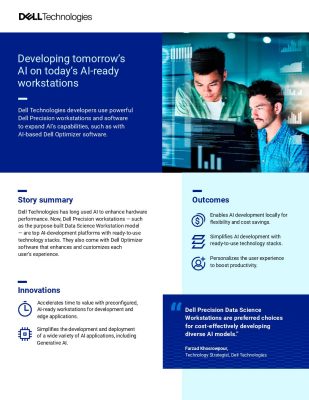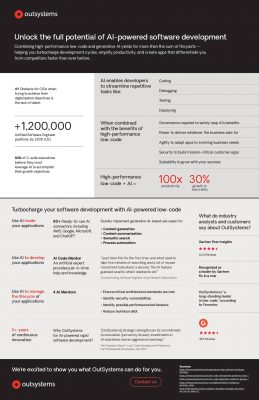Highlights:
- Redbird presents its platform as an alternative to well-known business intelligence tools like Tableau.
- Redbird’s platform enables users to conduct analyses using natural language prompts. For instance, employees can input supply chain data into an AI model to identify optimization opportunities.
Recently, the venture-backed startup Redbird Software Inc. has launched an AI-powered data analytics platform to help companies identify valuable patterns within their data.
This product milestone follows nearly two years after the company secured a USD 7.6 million seed round backed by Y Combinator. Since then, Redbird has tripled its workforce and built a customer base that includes major enterprises like Mondelez International Inc. and Google LLC.
Redbird markets its platform as an alternative to established business intelligence tools like Tableau. The platform offers AI-powered features that allow employees to analyze business data using natural language prompts. Redbird claims that its ChatGPT-style interface eliminates the need for the specialized technical skills typically required to operate other competing tools.
Chief Executive Officer of Redbird, Erin Tavgac, said, “Truly self-serve analytics has fallen short for organizations, with the reality instead being complex data pipelines, dashboards and shadow analytics that require technical skills to execute.”
The company’s platform comes with connectors for popular cloud applications like Salesforce, as well as integrations with Databricks, SimilarWeb, and various other analytics tools. These connectors enable organizations to automate the process of importing data into the Redbird analytics platform for analysis.
After the raw data is imported into the software, analysts can search for and eliminate erroneous records. For instance, a user might remove duplicate sales records that appear multiple times in a dataset. These duplicates can occur when two applications from which a company streams data into Redbird hold separate versions of the same file.
After removing errors from a dataset, analysts can standardize it into a consistent format to simplify the analysis process. Business records are often stored in various formats; for example, some sales logs may include the transaction time, while others may not. Eliminating these formatting discrepancies allows analytics tools to process the data more efficiently.
Redbird’s platform enables users to conduct analyses using natural language prompts. For instance, employees can input supply chain data into an AI model to identify optimization opportunities. Additionally, Redbird supports various data analysis techniques suited for tasks like predicting customer demand.
Once an analysis is complete, the platform can automatically convert the results into a data visualization. Redbird can create pie charts, maps, and various other types of graphs. Additionally, it can provide a natural language explanation of what each chart illustrates and compile the data into a PowerPoint presentation.
For users with more complex needs, Redbird offers the option to conduct analyses using SQL and Python. The latter language comes equipped with numerous libraries—prepackaged code modules—that facilitate advanced mathematical operations. These libraries can simplify data science tasks, such as generating revenue forecasts.
Redbird reports that its customer base has increased sevenfold since its seed round in 2022, although it did not disclose specific numbers. The software company now includes eight firms from the Fortune 50 list among its clients. Furthermore, Redbird recently announced that it is in the process of onboarding “some of the largest” U.S. government agencies to its platform.





























































